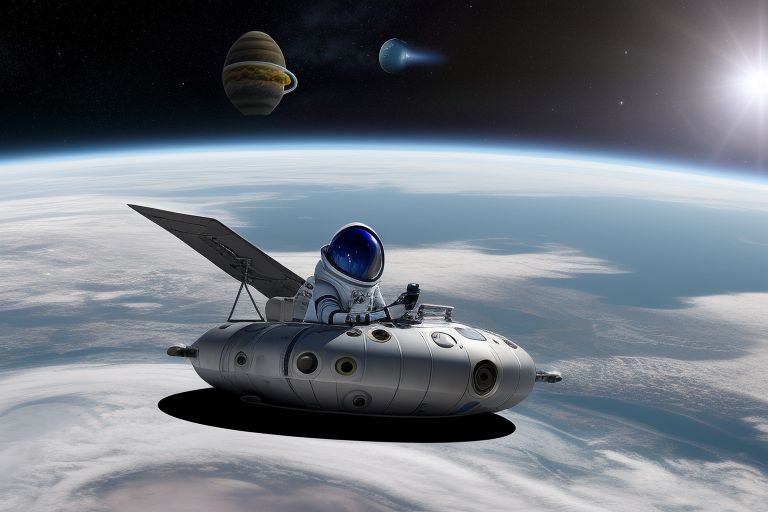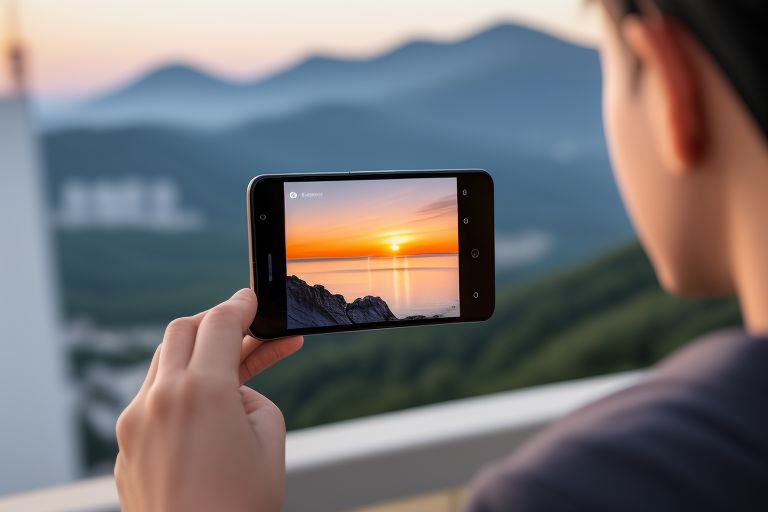Space tourism represents a burgeoning industry at the intersection of adventure, science, and commerce, aimed at making travel beyond Earth’s atmosphere accessible to the public. This concept has evolved from mere fantasy to tangible reality, fueled by advancements in aerospace technology and growing interest from entrepreneurs and adventurers alike. In this article, we’ll explore the current state of space tourism, its challenges, and what the future may hold for ordinary people dreaming of extraterrestrial journeys.
The Dawn of Space Tourism
Space tourism officially commenced in the early 21st century when a few wealthy individuals made historic journeys to the International Space Station (ISS) aboard Russian Soyuz spacecraft. These pioneering missions, brokered by space tourism companies in partnership with the Russian space agency, paved the way for a new era of commercial space travel. Since then, the industry has seen the entry of private companies like SpaceX, Blue Origin, and Virgin Galactic, each with its unique approach to making space more accessible.
The Players and Their Vision
- Virgin Galactic focuses on suborbital flights, offering passengers a brief experience of weightlessness and a stunning view of Earth from the edge of space. Its spaceplane, VSS Unity, has successfully conducted test flights and aims to begin commercial service.
- Blue Origin, founded by Jeff Bezos, has developed the New Shepard rocket for suborbital flights. Similar to Virgin Galactic, it promises a short experience of weightlessness and panoramic views of Earth.
- SpaceX, Elon Musk’s venture, has broader ambitions, aiming for orbital flights. Its Crew Dragon spacecraft has already transported astronauts to the ISS for NASA and plans to offer private missions around the Earth, to the Moon, and potentially to Mars in the future.
Experiencing Space: What Tourists Can Expect
Space tourists can anticipate a thrilling journey, beginning with rigorous training to prepare for the physical demands of spaceflight. The experience in space varies depending on the mission profile, from a few minutes of weightlessness on suborbital flights to several days orbiting Earth on orbital missions. Besides the adrenaline rush of launch and re-entry, the highlight for many is the unparalleled view of our planet from above, offering a unique perspective that few have witnessed.
Challenges and Considerations
The path to democratizing space travel is fraught with challenges. The high cost of spaceflight remains a significant barrier, with tickets ranging from hundreds of thousands to millions of dollars. Safety is another critical concern, as space travel entails inherent risks, underscored by past accidents in space exploration. Environmental considerations also come into play, including the impact of rocket launches on the atmosphere and climate.
The Future of Space Tourism
Looking ahead, the space tourism industry is poised for growth, with ongoing efforts to reduce costs and improve safety. Technological advancements and increased competition may eventually make space travel more accessible to a broader audience. Moreover, the prospect of orbital hotels, lunar visits, and even Mars expeditions looms on the horizon, promising to expand the realm of human experience to new frontiers.
Conclusion
Space tourism marks a significant step toward the age-old human aspiration of exploring the cosmos. While it’s currently the purview of the wealthy and adventurous, ongoing advancements in aerospace technology and the vision of pioneering companies suggest a future where space travel could become a reality for many more people. As we stand on the brink of this new era of exploration, the dream of setting foot beyond our planet feels closer than ever before.



